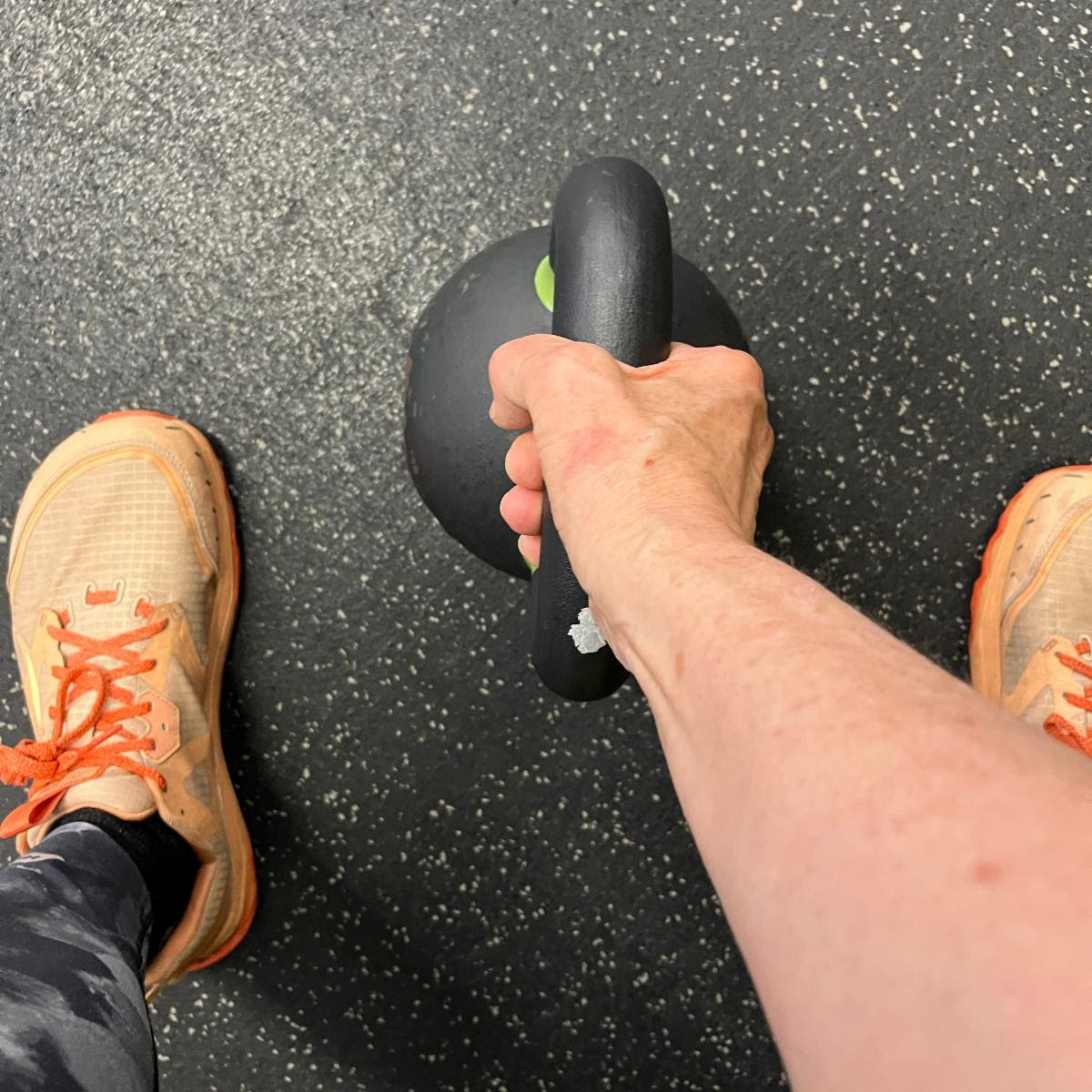Want a Healthy Brain? Focus on Your Muscles!
The theme for this week …
Concerned about brain health? Yes, me too!
I’ve been adding more strength training to my fitness routine. Muscle and activity have an impact on your brain health. Read on …
Brain and muscle — the connection
Turns out what is good for the body is also good for the brain!
The various links between muscle health and brain health are nicely laid out in this interview with Dr Sanjay Gupta related to his upcoming series about Alzheimer’s Disease. The basics are:
- Muscle produces brain-derived neurotrophic factor (BDNF)
- The neurons and synapses of the brain use BDNF to stay vibrant
In the most basic sense, BDNF is involved in the regeneration of new brain cells, and the health of the communication pathways between them.
More extensive look at BDNF and the Body
For a more in-depth look at BDNF and skeletal muscle, check out this 2022 paper, The Molecular Effects of BDNF from the NIH. The paper notes many essential roles of BDNF throughout the body including:
- Skeletal muscle produces the BDNF
- BDNF in the brain: The neurotrophins are used for neurogenesis, synaptic integrity, and immune regulation in the brain.
- BDNF in the body: The neurotrophins are also used for muscle regeneration, glucose regulation and strength of neuromuscular junctions.
- BDNF production: The BDNF synthesis occurs from the muscle repair process and significant levels occur from just walking.
- Slow-twitch muscle fiber produces more BDNF than fast-twitch muscle fibers. Slow twitch is the type of muscle used for posture and a base level of movement. Fast twitch is used for bursts of quick movement.
Bottom line: keeping your brain healthy means staying moving!
If pain or safety concerns keep you from being consistently active, Bridging® may be able to help.
Why is Bridging® different?
Help for your muscles and joints comes from two unique parts of our solution:
Problem-solving: Taking the time to find the root cause of why you have a hard time with stepping up or down. It might be a long-forgotten injury!
Muscle reset process: The gentle rocking and stretching motion of Bridging® resets your muscle memory allowing you to move more confidently.
The whole goal is to enable you to be back out to doing what is important to you!
Insight of the week from Cara
Brain-derived neurotrophic factor (BDNF), the essential compound for brain neuron regeneration, may be the only thing you can’t order from Amazon.
How can you get some BDNF?
Build muscle!
The primary source of BDNF is from your body’s muscles. The bonus is that the neurotropic factor is better available from regular level activity, unlike the high intensity bursts that best stimulate the cardio-respiratory systems.
Best activities for BDNF?
I always say the best activity is the one you’re going to actually do. For BDNF, you can do lower intensity movement using your big muscle groups. The research has yet to determine an ideal amount of time.
I already walk and run 4-5 miles daily. Wanting to improve my BDNF prospects, as well as bone and metabolic health, I’ve started adding strength training twice a week to my repertoire.
Here are some more non-gym based ways to be active:
- gardening
- house work
- yard work
- walking
- volunteer work involving lifting or moving around
- dog walking
- caring for children under 5
Which ones are you already doing? Drop me a note if you’re doing something I didn’t think of.
How Bridging® can help
The multi-dimensional demands of movement involve the many parts of the body shifting differently together, much like a well-tuned orchestra.
There certainly are exercises you can do to improve leg strength, balance, and cardio capability. When it comes to fine-tuning problematic transitions, Bridging® is uniquely able to pinpoint your system glitches, and reset them.

